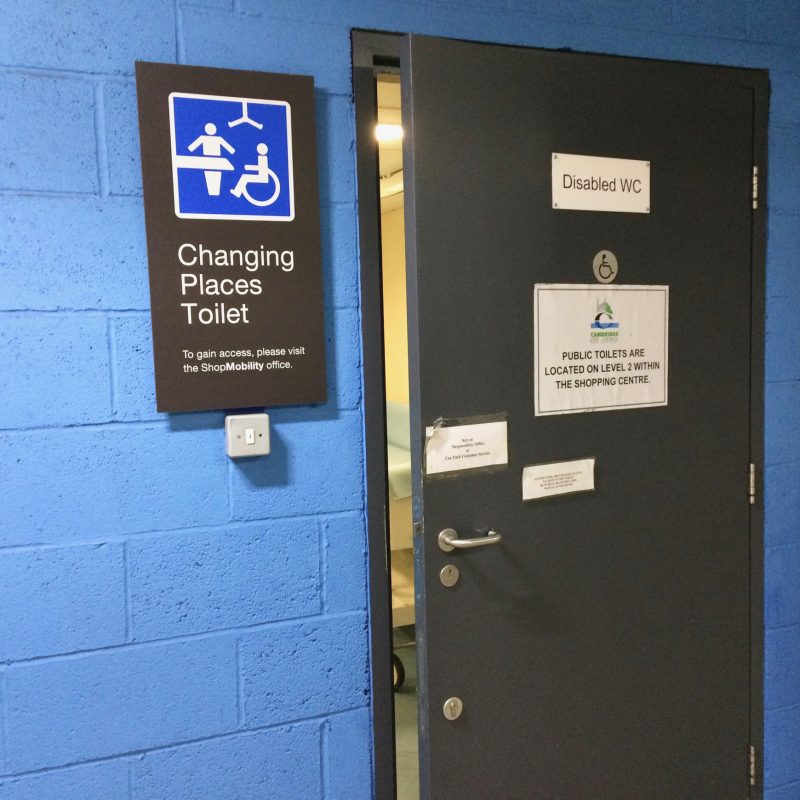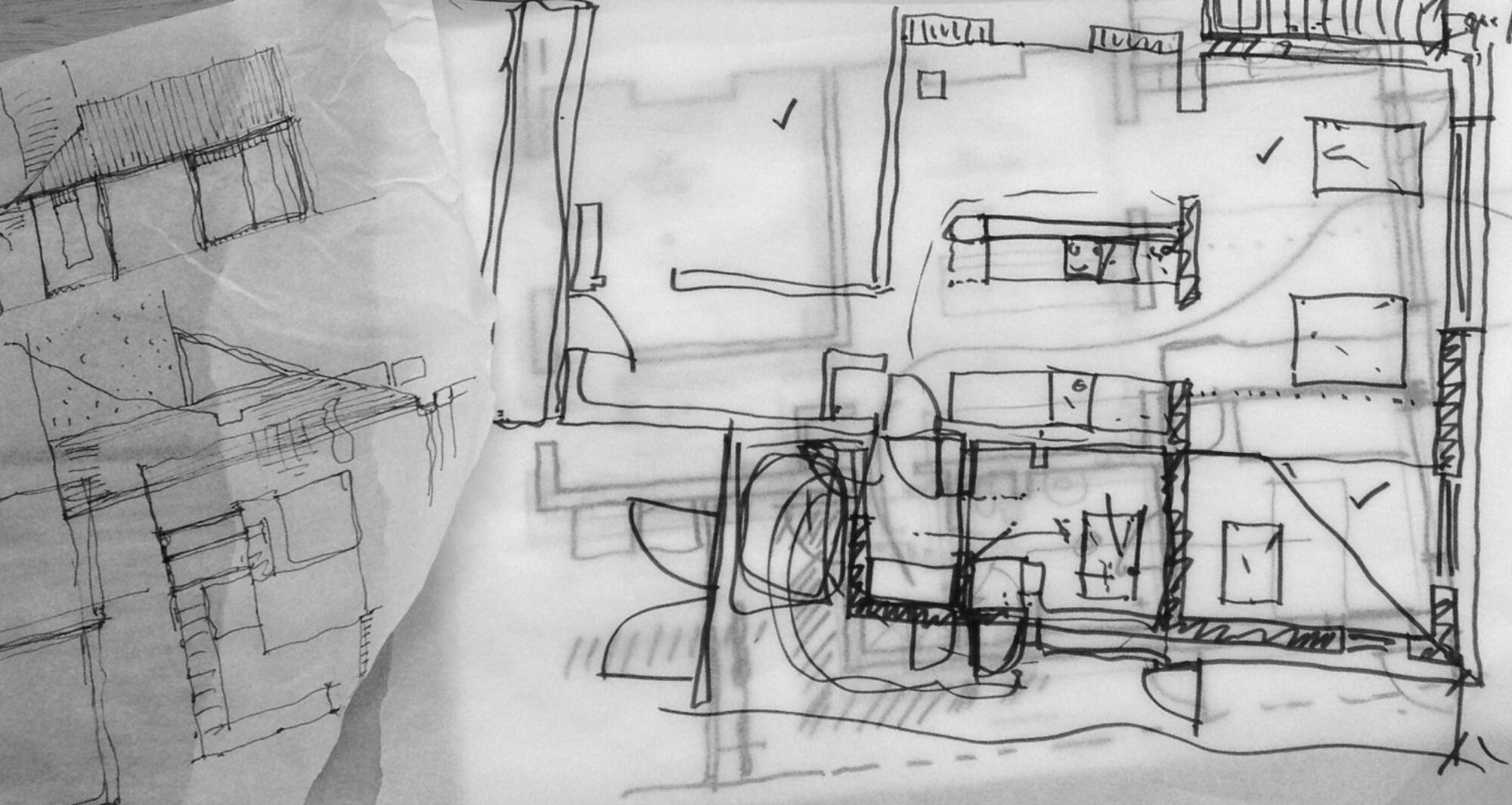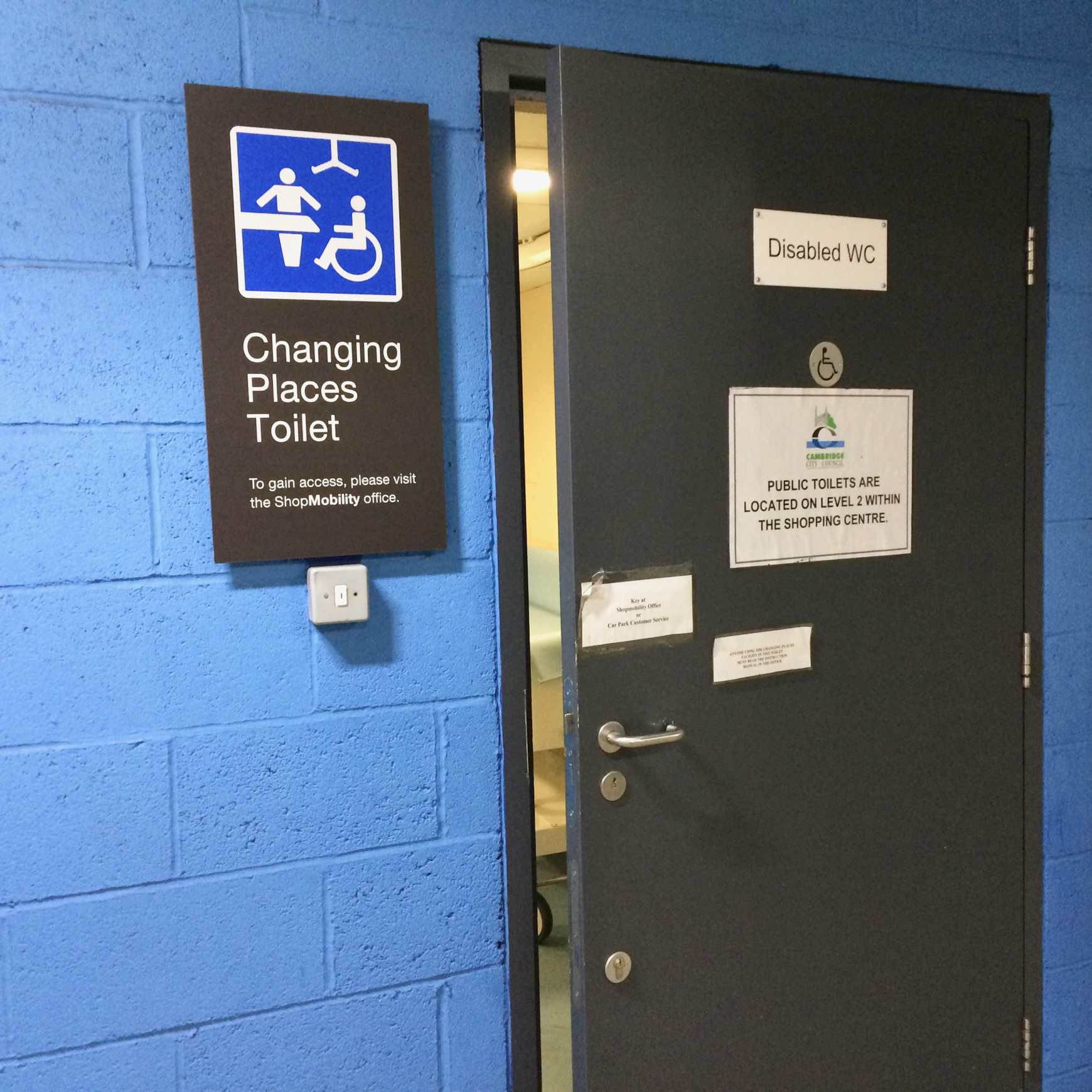The British Standard Institute’s document that deals with accessibility in buildings and the built environment (BS 8300) has been under review for some time and last month, the greatly anticipated (well by me anyway!) draft of BS 8300 for public consultation was published.
BS 8300 is a massive document with a wide ranging remit (excluding dwelling design), containing lots of essential information to enable designers, developers and service providers to take actions to enable access to our built environment for people across the full spectrum of disabilities (not just ramps and lifts – although of course they are very important!). Including this particularly welcome section about including Inclusive Design in the development process:
“An inclusive environment recognizes and accommodates differences in the way people use the built environment. It facilitates dignified, equal and intuitive use by everyone. It does not physically or socially separate, discriminate or isolate. It readily accommodates and welcomes diverse user requirements – from childhood to adulthood through to old age, across all abilities and disabilities and embracing every background, gender, sexual orientation, ethnicity and culture. It helps people to live independently and participate fully in all aspects of life.” (Clause 4, BS 8300 draft)
 However (as any regular readers will know!), one of the aspects of accessibility that particularly impacts my family (and approximately 250,000 other individuals, plus their families and friends, in the UK!) is a shortage of accessible toilets with hoist and changing bench. The only description for this need currently in the BSi standards is called a Changing Places Toilet.
However (as any regular readers will know!), one of the aspects of accessibility that particularly impacts my family (and approximately 250,000 other individuals, plus their families and friends, in the UK!) is a shortage of accessible toilets with hoist and changing bench. The only description for this need currently in the BSi standards is called a Changing Places Toilet.
Therefore my primary focus so far has been on reviewing the sanitary facilities section and I’m afraid I’ve found the amendments extremely disappointing, and counter to the lovely inclusive statement above. It still reads to me as if changing places toilets have just been added on rather than included within the standards for sanitary provision.
I’ve laid out some of my initial thoughts on the accessible toilets section in a previous post, describing why we still feel Slightly Invisible and I will publish some more of my detailed thoughts on specific clauses (including my own suggestions for improvements) soon.
I know this legislation stuff can be a bit dry (downright boring?!) and jargon filled, but it is so important! So much of the challenge in campaigning is the drudgery of contacting individual providers, who may or may not be receptive to comments and many of whom throw back the old, ‘we’ve complied with all current legislation‘ chestnut.
In building legislation, there’s so much stuff to read, and it can be confusing even for those of us in the industry so it’s massively important that current legislation is clear, and also clearly fair (for the users and the providers).
So I thought it might help to try and explain what a BSi Standard (like BS 8300) is, and how it relates to other legislation and regulations…..
The explanation on the BSi website is:
“In essence, a standard is an agreed way of doing something” but is “designed for voluntary use”
“The point of a standard is to provide a reliable basis for people to share the same expectations about a product or service.”
The BSi standards are accepted guidelines, in some cases best practice guidelines for particular situations, products services, put together by a wide range of interested parties (in the case of buildings that is users, designers, consultants, developers, service providers etc).
They stand alongside, and support other relevant legislation, the key ones for building accessibility being the Building Regulations and the Equality Act.
Building Regulations
In England, the section that deals with accessibility is Approved Document M, Volume 2 (or Part M2 for short, Part M1 for accessibility in homes). Scotland, Wales and NI all have their own Building Regulations documents, but all have a broadly similar approach to accessible toilet legislation as Part M (hence the pet name for the standard style of accessible toilet being the “Doc M toilet” or the fittings being called the “Doc M Pack’).
As buildings, and their contexts, vary so much (from existing buildings to newbuild, from homes to offices and sports venues, tiny to enormous, hilly sites to flat…..) the Building Regulations are set out as an “Approved” way to do things, an approved way to meet a host of other legislation affecting buildings and people and the environment etc. You do not have to meet legislation in the way building regulations say so, if people want to, or find they can’t comply for some reason or another, there are concessions or alternative methods that may be approved on a case by case basis. However most developments do follow the regulations if they can, as everyone knows where they are then!
There is only a small mention of Changing Places Toilets in there, which references the BS 8300 document and the Changing Places Consortium guidance.
Building regulations are only enforceable at the time of development or refurbishment, so some people argue that changing them won’t help the situation for existing buildings.
The Equality Act
The Equality Act 2010 is a more overarching legislation that covers all equality issues from race to gender, employment to access. It does not set out specifics on how buildings should provide access, just that they shouldn’t put disabled people at a “substantial disadvantage”.
This, from the beginning of Part M of Building Regulations:
“Although the guidance in this Approved Document, if followed, tends to demonstrate compliance with Part M of the Building Regulations, this does not necessarily equate to compliance with the obligations and duties set out in the EA. This is because service providers and employers are required by the EA to make reasonable adjustment to any physical feature which might put a disabled person at a substantial disadvantage compared to a non-disabled person. In some instances this will include designing features or making reasonable adjustments to features which are outside the scope of Approved Document M. It remains for the persons undertaking building works to consider if further provision, beyond that described in Approved Document M, is appropriate.”
So although there is some wiggle room for developers and service providers in both the BSi Standards and the Building Regulations, they still play an extremely import role in setting out what is expected in buildings and venues and what would be considered a ‘reasonable adjustment’ under the Equality Act legislation. It’s therefore crucial that they reflect fairness to all, and in a clear way.
So if any aspects of accessibility affect you or someone you know, please do have a look at this draft document!
You can register with the BSi to view the draft and submit your own comments on the standards (until 13th August), as an individual or on behalf of an organisation, by entering BS 8300 into the search bar, here: BS 8300 for public consultation
You can find a selection of posts by other bloggers about how the lack of Changing Places Toilets affects them here


As my son has got older, the need of changing places have become more and more important to us as a family, and the lack of facilities available have become more and more concerning and worrying to us. My son is nearly 6, he’s immobile and cannot sit or stand unaided. He’s hoisted and home and has a large changing table. However, when we are out it’s very fare we come acoss such facilities. I have to result using baby changes which is a risk if they collapse as he’s on the high end of the maximum weight. The alternative is to change him on a dirty toilet floor. This is upsetting as I refuse to do this. Would you lau your loved ones down there, bit knowing when they were last cleaned? It’s upsetting because I am becoming more aware that in the near future I will have to stop taking my son to his favourite places due to these reasons. Which means he will miss out. His condition is life limited as it is and I want him to enjoy every day possible with all the things he likes to do. Having the faculties provided in all public places would make his life more enjoyable, and to give him the dignity he (and everyone in the world) are entitled to. Please make it law that a LARGE ADULT SIZE changing table and hoist facilities are provided with all regular toilet places. Thankyou.
I completely agree. We need things to change!
Totally agree and my disabled son in a wheelchair is now 18!!. I have had to change his continence pads on dirty toilet floors for years or we just cant go out. Not a nice decision to have to make. All disabled toilets only cater for continent people and we arent all able to control our bowels and bladders. More needs to be done so disabled people are not left housebound because of inadequate toileting facilities.